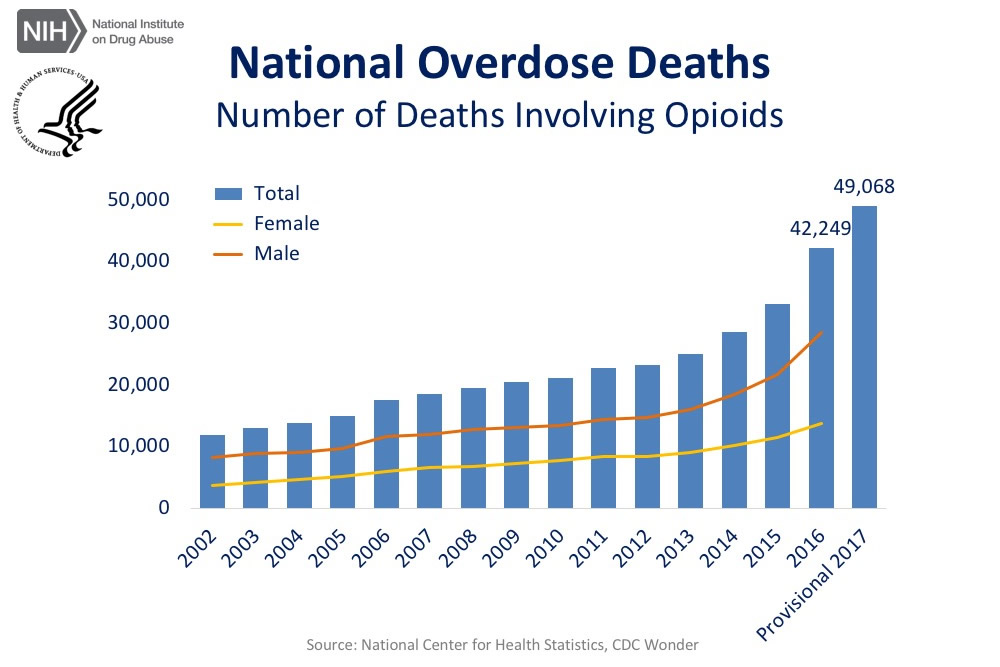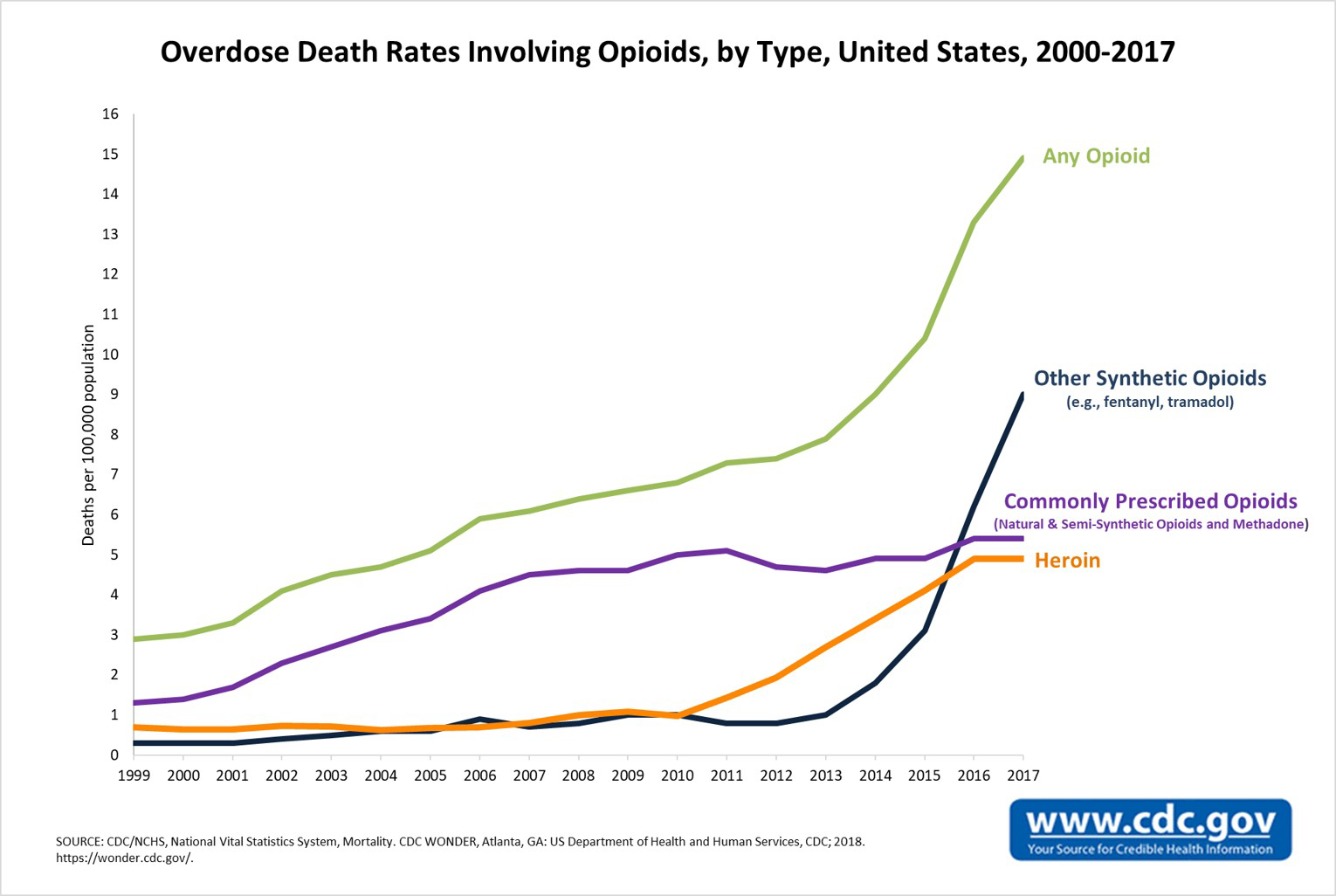The opioid epidemic: Is it only about the USA? (Part I)
For many years, the United States has been facing a serious health crisis due to the opioid addiction epidemic. Over the last twenty years, the prescription of opioids has grown considerably, perhaps driven by pharmaceutical companies.
Over 200,000 people have died from opioid overdoses in the United States since 1999
For many years, the United States has been facing a serious health crisis due to the opioid addiction epidemic. These substances are very useful in the treatment of chronic pain, but they also pose a high risk of abuse. Over the last twenty years, the prescription of opioids has grown considerably, perhaps driven by pharmaceutical companies.
Made in collaboration with our partners from esanum.it
Since the 1990s, the United States has been affected by the so-called opioid crisis, also referred to as the opioid epidemic. This is a dramatic increase in opiate overdose deaths, responsible for 47,600 out of a total of 70,200 opiate-related deaths in the United States in 2017 alone. Overdose deaths have become the leading cause of death for Americans under the age of 50. From 1999 to 2018 there were over 200,000 deaths from opiate overdoses, an increase of 533%.

In the United States, during the early 2000s, doctors began prescribing powerful opioid painkillers to relieve pain from injuries, surgery, and chronic diseases. It seems that this increase in medical prescriptions is closely linked to precise marketing strategies of some pharmaceutical companies, which appeared to have purposely underestimated opioid side effects in order to enter the vast market of chronic pain patients. It seems also that some pharmaceutical companies encouraged doctors to prescribe these drugs through premium travel or paid conferences.
Now, the epidemic has been described as an "all-American problem". The structure of the U.S. healthcare system, and its inability to provide coverage for all, translate into a situation in which the choice of treatments, often leading to the prescription of opioids, is often conditioned by private insurance. Private insurers often favor the prescription of drugs over more expensive therapies. In the specific backdrop of the opioid crisis, insurance companies, especially catering services for low-income communities, have mostly preferred to pay for pills rather than treatments that would diminish the profit margin of the insurance fund.
Opioids are highly addictive, so much so that many patients, after their recipes had expired, began to obtain them by relying on the black market. According to experts from the Substance Abuse and Mental Health Services Administration, three-quarters of drug addiction cases in the United States began as such within the last two decades. The number of medical prescriptions of opioid painkillers confirms this, having increased from 112 million in 1992 to 292 million in 2012.
At the request of the Center for Disease Control and Prevention, doctors began to reduce their prescriptions in 2017. Perhaps too late, because when pills started to run out and prices started to rise, Mexican drug cartels flooded rural America with heroin and fentanyl, an affordable but highly mortal alternative to painkillers. Today a pill of OxyContin, one of the main opioids fueling America’s epidemic, can be purchased with 80$, while a dose of heroin costs 10$.
Fifteen US states and over three hundred administrations have sued opioid producers and distributors, accusing them of placing large quantities of opioids on the market and of providing incorrect information on safety issues and side effects of such medicines. Cases have been brought against Purdue Pharma, Johnson & Johnson, Endo International, McKesson, Cardinal Health and Amerisource Bergen. Companies have always dismissed all charges.

Sources:
1. Gabanelli M, Marinelli A. In the U.S., one person died every 12 minutes from heroin and painkiller pills. Evening messenger. 16 April 2018
2. Galofaro C, D'Emilio F. Purdue foreign arm caught up in opioid probe in Europe. AP News. May 29 2019
3. Shipton EA, Shipton EE, Shipton AJ. A Review of the Opioid Epidemic: What Do We Do About It? Pain Ther. 2018 Jun; 7(1): 23-36. Published online 2018 Apr 6. doi: 10.1007/s40122-018-0096-7